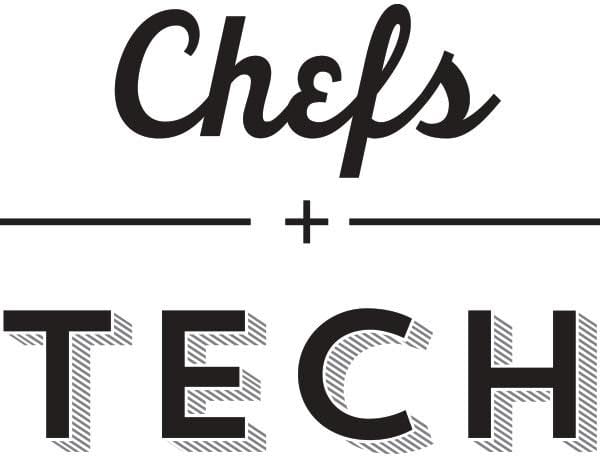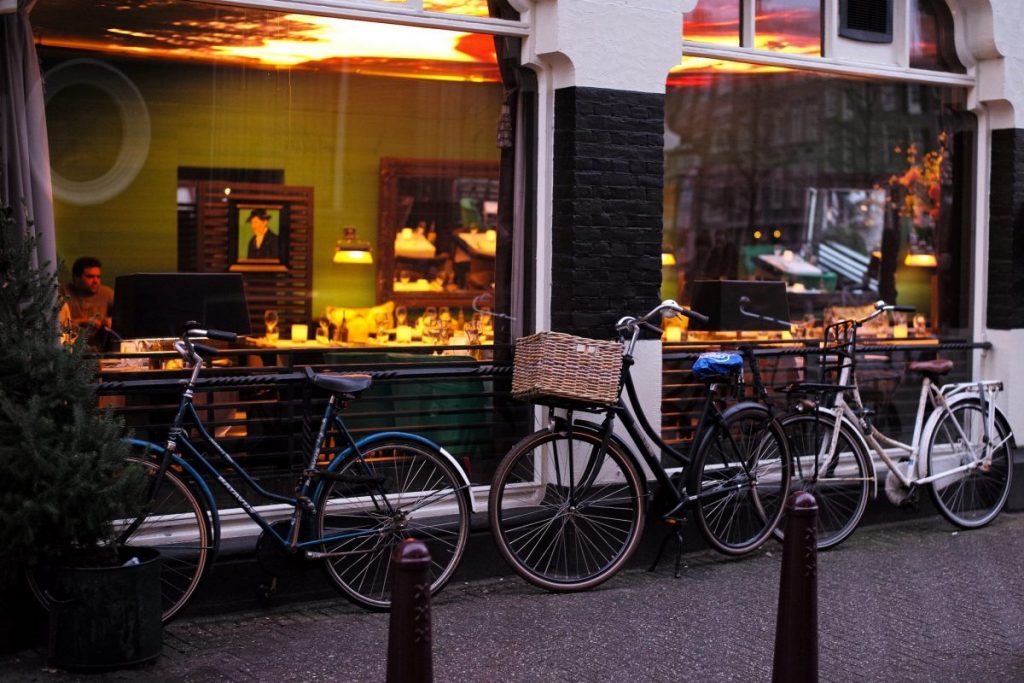Skift Take
OpenTable's expansion to international markets obviously includes reservations, but the company seems to be pushing restaurant discovery even harder.
 Editor’s Note: In September we announced that Skift was expanding into food and drink with the addition of the Chefs+Tech newsletter.
Editor’s Note: In September we announced that Skift was expanding into food and drink with the addition of the Chefs+Tech newsletter.
We see this as a natural expansion of the Skift umbrella, bringing the big-picture view on the future of dining out, being fanatically focused on the guest experience, and at the intersection of marketing and tech.
We publish C+T twice weekly.
OpenTable Launches in Amsterdam
OpenTable is now available in Amsterdam. The expansion is part of a plan to reach more diners around the world, touted heavily when Priceline acquired OpenTable in 2014. OpenTable is launching in the Netherlands with 100 restaurants on its platform — though it also offers details, including websites and contact information, for 300 non-OpenTable restaurants “specially curated for travelers,” according to the press release. This is likely as much a marketing tactic — encouraging restaurants to join the OpenTable platform — as it is helpful to travelers looking for a restaurant. So, in effect, it seems that they’re launching in Amsterdam, but not necessarily targeting diners in Amsterdam.
In a statement, OpenTable CEO, Christa Quarles, said, “Bringing together our extensive experience in connecting diners and restaurants, and our position as part of The Priceline Group, we are uniquely placed to help the global traveler become a global diner.” While the majority of OpenTable’s 42,000 restaurants are in the U.S., it also has bookable restaurants in more than 20 countries, including Australia, Canada, Germany, Ireland, Japan, Mexico, and the U.K. and probably relies heavily on brand recognition and traveling OpenTable users for more visibility in foreign markets.
Many of the 300 included restaurants that aren’t (yet?) accepting OpenTable reservations are currently customers of one of two local online reservations systems based in the Netherlands. It’s an interesting strategy — one that OpenTable uses in the U.S., too — to provide non-customer options for people searching for a restaurant on the OpenTable platform. This positions the company as a way to discover restaurants, not just book them. With the power of Priceline behind its global expansion, OpenTable is also able to offer non-U.S. restaurants an audience of travelers already accustomed to using OpenTable to find a restaurant and make a reservation. Discovery — especially among travelers — is a hot topic lately as large companies work to integrate both reservations and delivery services into their platforms.
A Restaurant Critic Takes a Shift as a Dishwasher
Tom Sietsema, the Washington Post restaurant critic, worked a shift as a dishwasher in a Houston restaurant in order to shed light on the profession amid headlines of fair wages, tipping, and immigration. The world’s most famous chefs have lauded the work of dishwashers — and many have worked at the sink themselves, including Thomas Keller and Emeril Lagasse. Still, according to Sietsema, the average yearly wage for the 500,000 restaurant dishwashers in the U.S. is just $20,000.
The piece does a good job explaining the dishwasher’s work and its importance to a restaurant’s operation, and Sietsema calls the efforts of his coworkers-for-a-day heroic. For sure, giving some attention to a much overlooked and likely underappreciated profession is positive, especially as the industry grapples with low margins and fierce competition while figuring out how to pay their staff a living wage. It’s also political; Sietsema mentions his shift co-workers are immigrants — and according to data from the Pew Research Center, 19 percent of dishwashers in the country are undocumented.
In an industry that’s spent a lot of time in the spotlight lately, the report is a nice way to shine a light on what goes on behind the scenes — though it’s likely to take a lot more reporting and discussion to affect any sort of sea change in the eyes of the dining public.
Farm-to-Table, Extreme Edition
You can find a farm-to-table restaurant just about anywhere you can find a restaurant these days (butcher block counters, edison bulbs, and ceramic tile included!), but it’s hard to argue that the farm-to-table trend is a bad one. (IMO, connecting consumers to their food is a step toward more environmentally-friendly and conscious methods of food production. But I digress.) So what’s cooler than eating at a farm-to-table restaurant? Eating on the actual farm. Farm dinners, according to the Associated Press, are growing in popularity across the country. Diners are able to enjoy literal farm-fresh ingredients and meals, and farmers can supplement their income and promote their products. The concept isn’t new — Outstanding in the Field, perhaps the most famous and certainly among the most well-photographed, started in 1999 as a way to connect food with the farmers that provide it. (You’ve seen these photos — long, well decorated tables in dreamy, sunset-y locations.)
If you think about it, interest in these dinners is a natural extension of the popularity and success of ingredients-focused restaurants dating back decades to the likes of Alice Waters and Jeremiah Tower in the San Francisco Bay Area. A list of farm suppliers on a menu may have looked wildly out of place 40 years ago, but today is accepted — if not expected.
Dinner on the farm probably isn’t going to impact the restaurant industry’s bottom line — if anything, the popularity of the simple, sparse, farm-to-table aesthetic so pervasive in restaurant design over the last decade is starting to push restaurants in the opposite direction (extreme examples: New York’s The Grill and Le Coucou, full of lavish decor.) What farm dinners do, though, is reinforce the dinner-as-immersive-theater effect, as guests expect a full experience, from a meal’s start to finish.
Digestifs
The Daily Newsletter
Our daily coverage of the global travel industry. Written by editors and analysts from across Skift’s brands.
Have a confidential tip for Skift? Get in touch
Tags: opentable, restaurants
Photo credit: OpenTable has started offering reservations at 100 restaurants in Amsterdam. Roman Boed / Flickr
